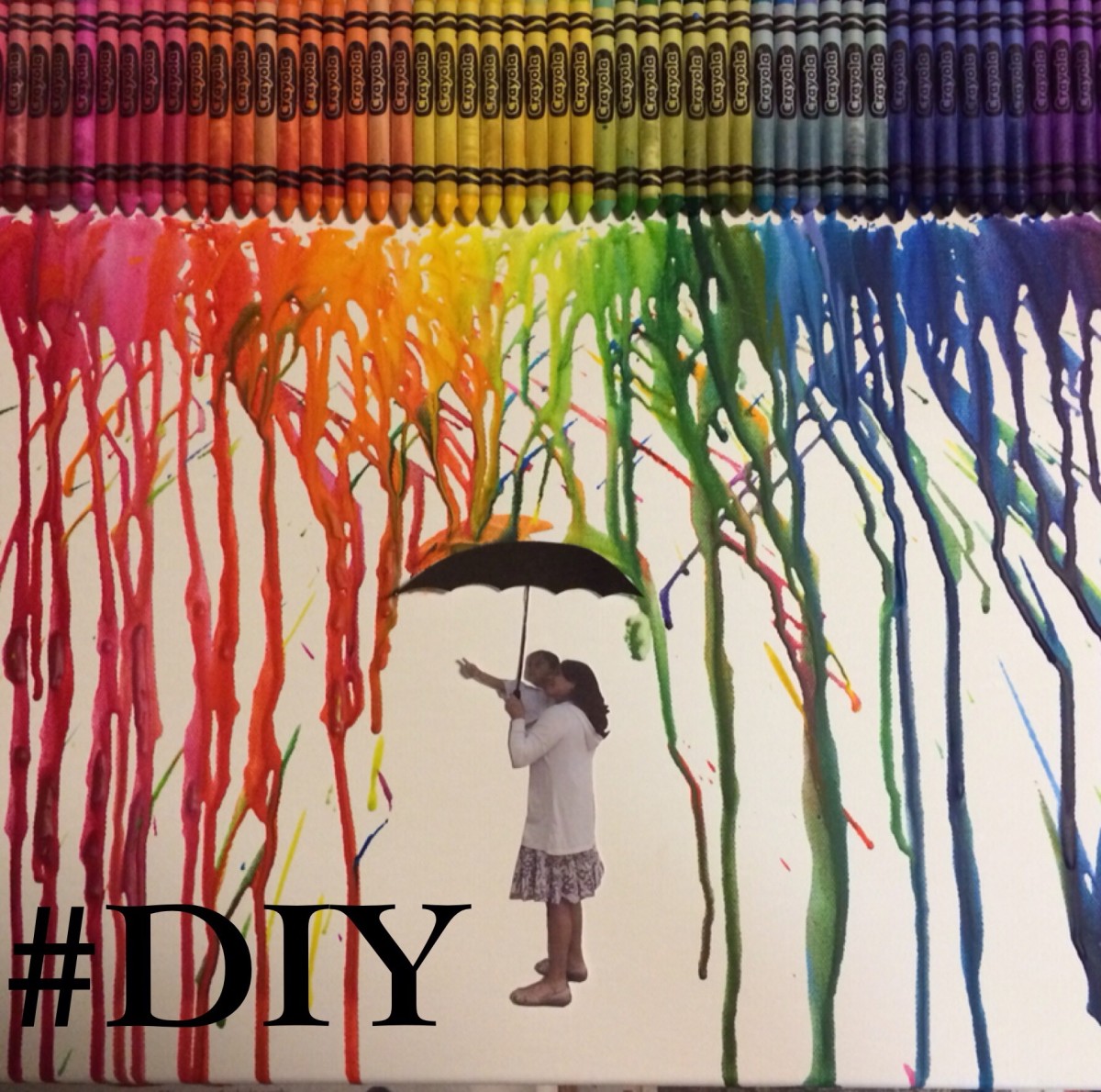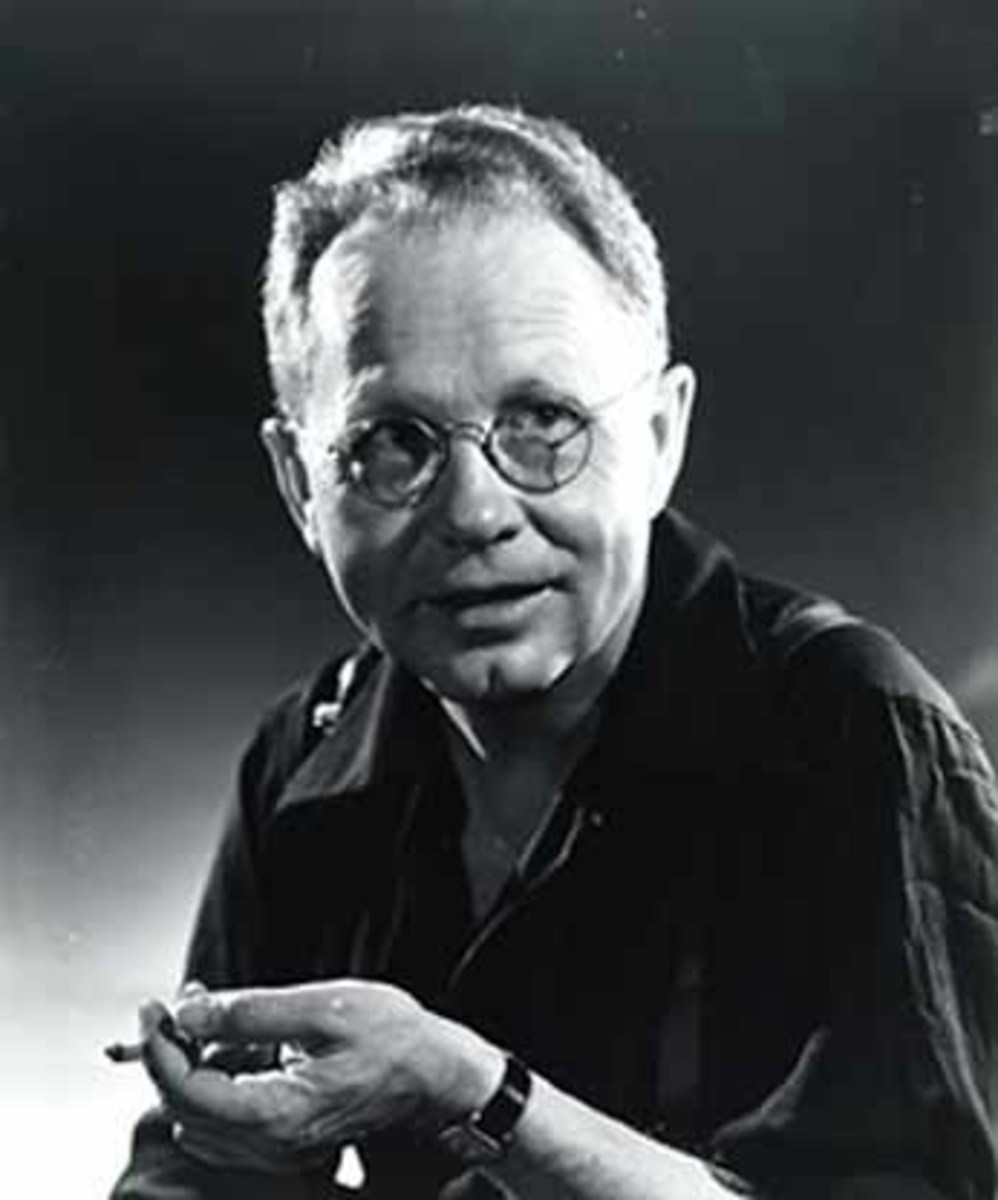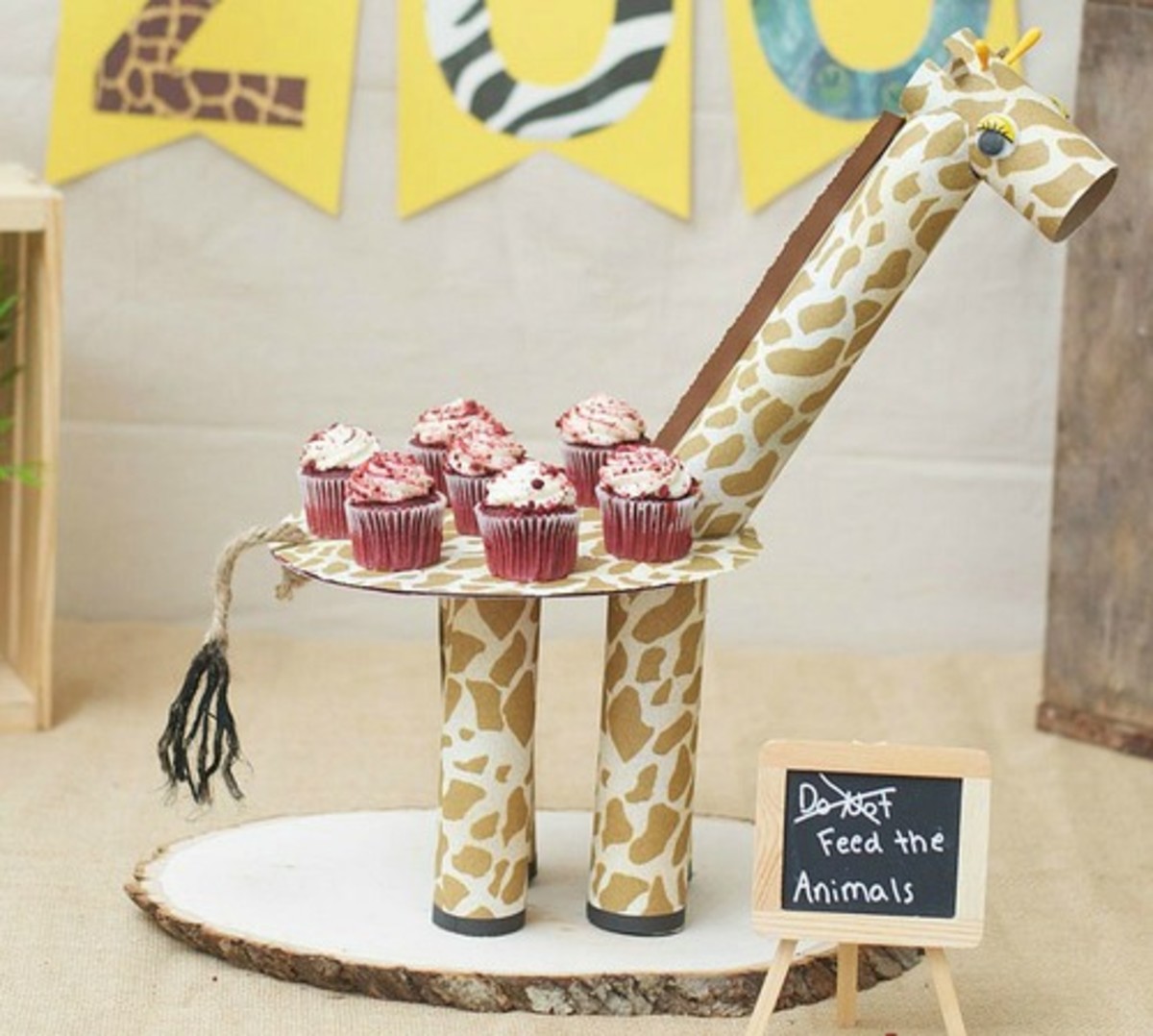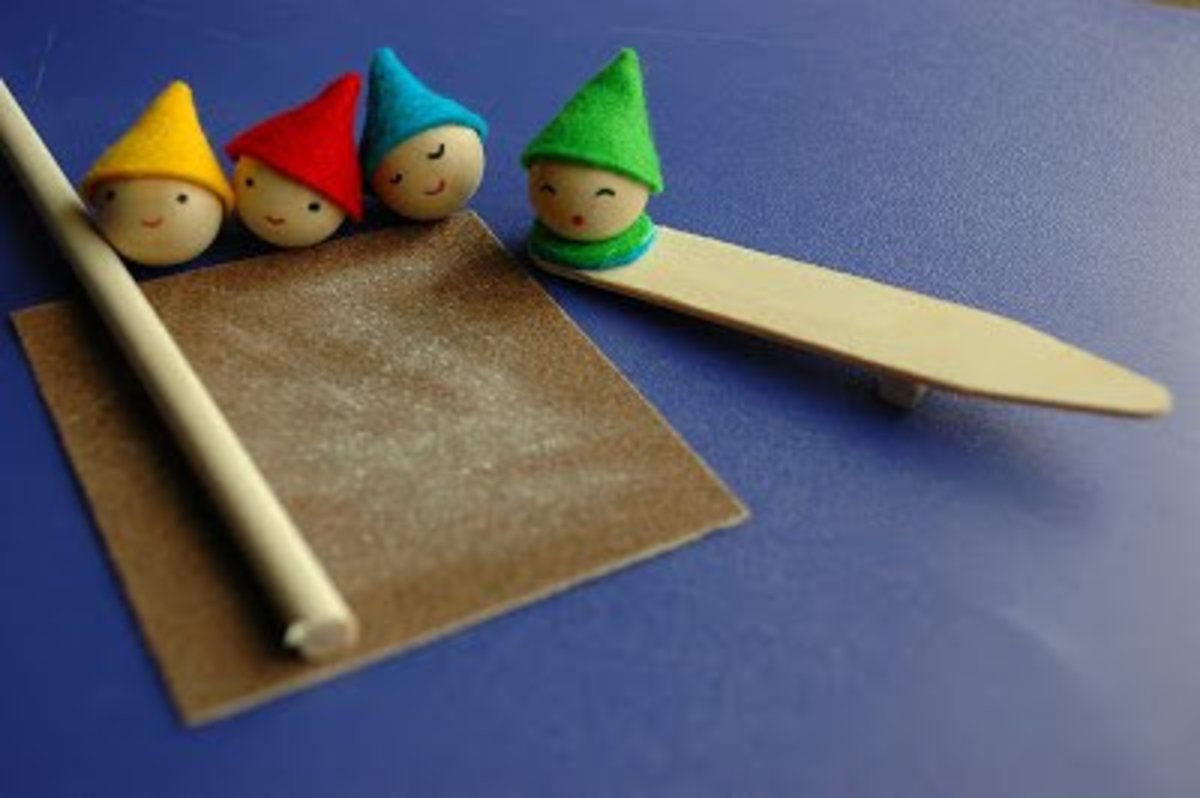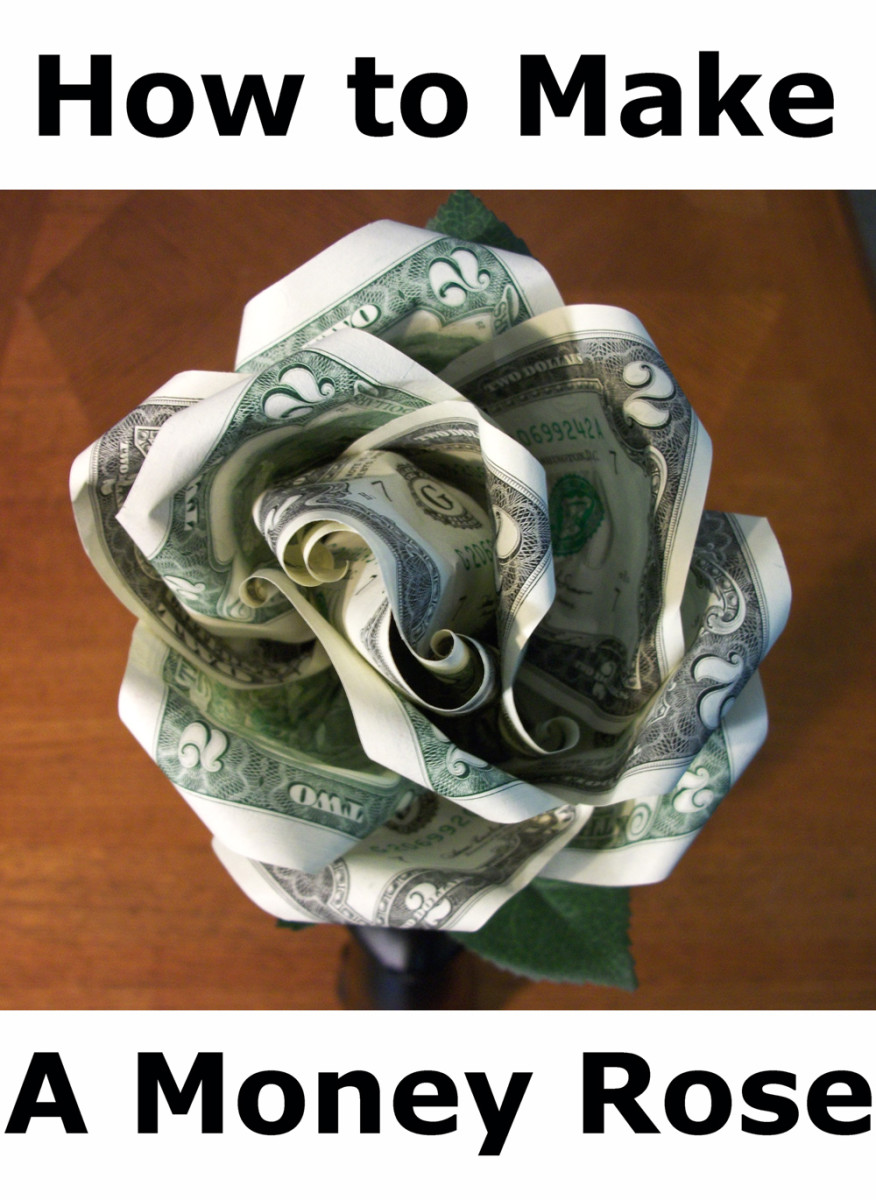How To Incorporate Your Personality Into Your Art Or Craft Projects
Taking Your Craft From Instruction To Personalized Production
This article is designed to help those of you who have not developed a signature style for your creative endeavours. Many people like to dabble in the arts but sometimes give up their dream of creating very affective, finished pieces, because everything they do seems bland, boring or average. You get out the tools and materials that you have found an interest in working with and you have some idea as to what it is you would like to try to create. Maybe you have been following some guidelines from a book or some other written instruction. You do what the information tells you to do but when you have completed the project at hand, the satisfaction you hoped to enjoy just is not what you had built it up to be in your minds eye. There is a feeling of disappointment that sets in and so you give it up. The question is, "How do you turn general creative instruction into a finished product that has your personal signature?"
What Is A Signature Style Anyway?
To better understand the "how to" part of developing your own personal style it would help to understand what a signature style is. One of the best ways I know to do this is to delve in to the work of famous artisans as examples. There is a wide range of mediums that we can look at in order to clear up the murky water of this idea.
I will narrow it down to three examples used to help you better understand the fundamentals of signature production. Let's take a close up look at famous artists in their own craft. I do not want to get in to great detail about these people but rather define what it is that makes them stand out in a signature style, as a generalization. I think this will work to make the point clear enough for everyone to understand. These three famous, creative, people, stand above all others, with their own unique style. This should help you decipher what sets them apart from the rest and give you insight as to what you can do to make your craft belong to you.

John Lennon: Singer/ Song Writer
Lennon was by far, one of the most popular members of The Beatles and a prominent force in the most popular band of all time. His strong influence on all members of the band and their style helped bring fame to these young men early in the 1960s. The one thing that stands out to me is that John was a master at his craft. He had the basic, structural knowledge of music development so down pat that it seemed second nature to him. Music lived in his very being and words came to him in a way that augmented the everyday, mundane routine of life. His musical subjects were often simple ideas taken to a higher level. It appears that Lennon's ability to play on the simple things gave him a powerful authority with his popularity. People could easily relate to what he had to sing about. It is the Less is more idea to an extreme.

Frank Lloyd Wright: Architecht
This man was so far ahead of his time in my opinion. He would be like the Father of Green and the Grandfather of the Environmental Revolution to preserve our Mother Earth. Frank Lloyd Wright was designing buildings that incorporated many of the ideas we are currently concerning ourselves with in the Environmental Push to control wasteful habits today. His understanding of a need to utilize all aspects of the Earth in his building designs kept him a step ahead of everyone.
Wright , like Lennon was also a master of his own craft and was also lead by the simple, basic and fundamental idea of relating to the common and everyday elements. He believed in the use of the sun, the rain and the other elements which are relevant to all of us. It is no wonder that his style caught the attention of everyone making him one of the dominating forces in his field.

Walt Disney: Artist
Last, but by no means least, Walt Disney dominated his craft and in his own time. His ideas carry on in today's world. Why is that possible? I would have to say that Disney also took the simple and made it attractive to all. He used animation which is a far reached fantasy making animal cartoon characters talk and have human emotion. He brought it all back to Earth by creating characters with everyday personalities borrowed from relatives and friends from his childhood. Walt Disney was truly not a master at the craft of drawing but he sure did know how to make things happen and he did not give up for his lack of drawing skill.
Linking The Fundamentals Of My Examples
Now that you have given some thought to these three examples, let's look at what seems to link all of their stories toward success. I see that there are just a couple of things they each have in common. They are basic elements that you can use to add signature style to any art or craft form you would like to pursue.
- know your craft
- keep it simple
- believe in what you are doing
You Do Not Have To Be A Perfectionist
I do think that you must know as much as possible about your craft. I am sure you do. What you do NOT have to do is be perfect at it. You can produce high quality work if you know what you are dealing with. If you know the craft you can make up for your own shortcomings with the knowledge. You can work around your own limitations by understanding what you are doing and how to achieve the desired outcome. Know your craft to the best of your ability. Where ever you come to a place where your own skill gets in the way you will be prepared to take whatever action necessary to reach farther. Knowledge is the key here.
Less Is More
This phrase has got to be one of the most important things to ever consider when you are creating anything. Keep what you are doing simple. Do not get complicated and over achieving. Focus on the simplicity. Frank Lloyd Wright focused on the everyday by focusing on the Environment. You can't get much simpler than that. It is so simple that we as the human group have been taking serious advantage of it for years, centuries even.
By keeping it simple you are almost forced to use your own style by default. You will go there without even trying. Simplicity is such a key element and I think it is because life is generally complicated enough and others like to be able to relate. It is much easier to relate to simplicity than it is complexity.
Believe In Yourself
This sounds easy enough yet it is the one thing that holds more people back than it should ever. You have got to have an inner, living faith in what you are doing. I am sure that this can be easily achieved if, anyone attempting to be creative, drops all the worries of what someone else will think. Concentrate on the craft, what you want to make of it and then put yourself to work on it. Let your own personality play with what you know and what you are doing. You will be creating your own signature style, almost by default.


